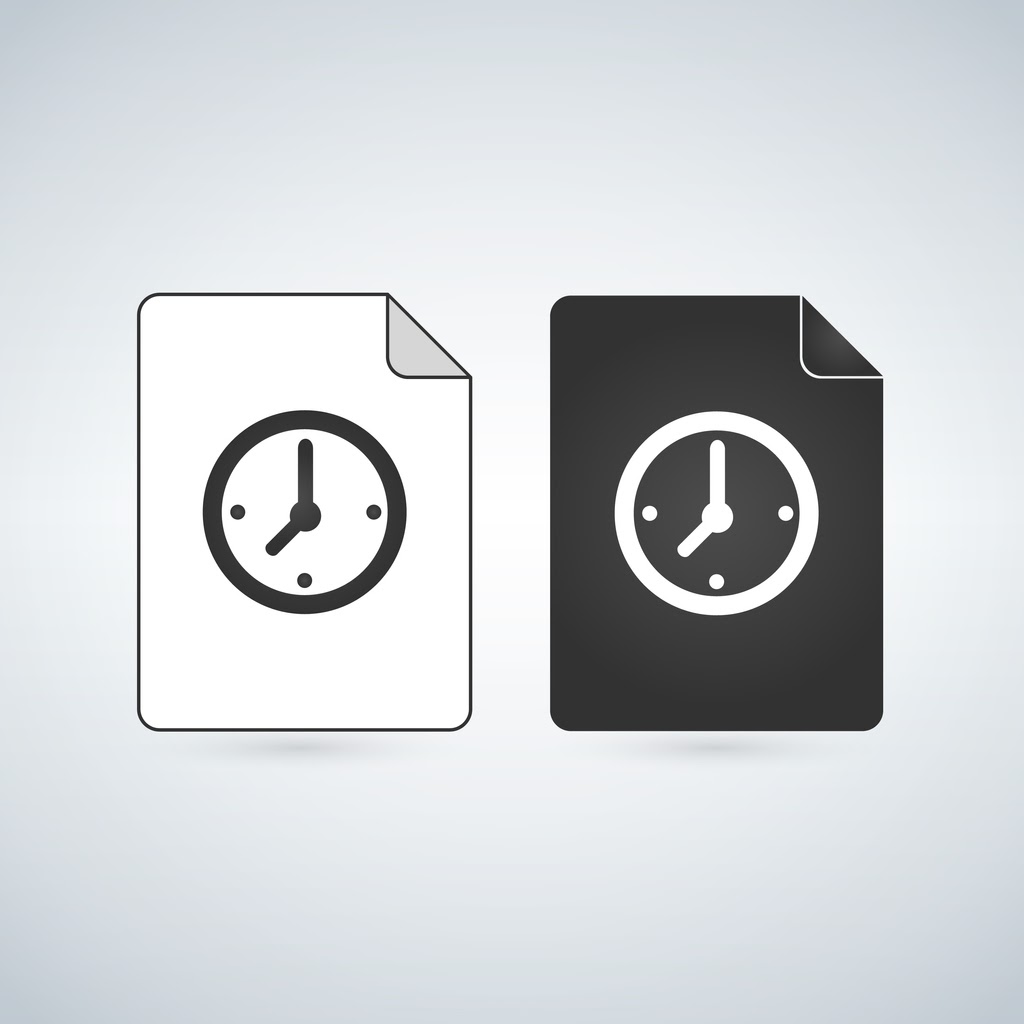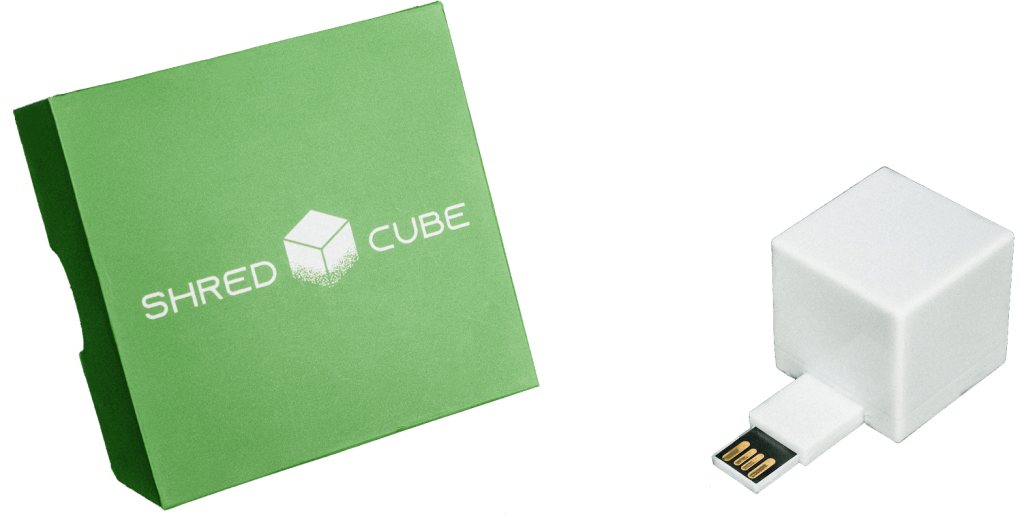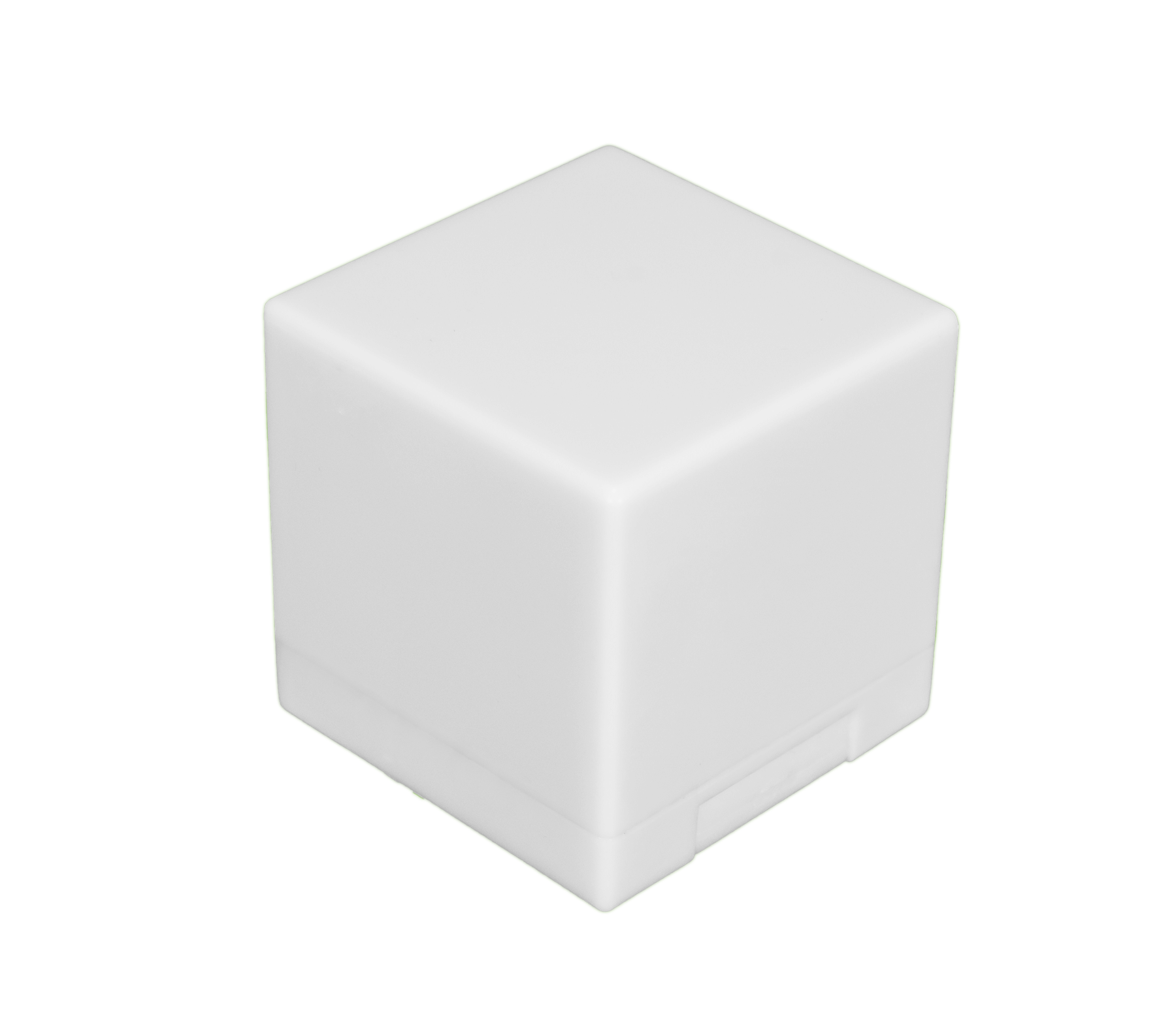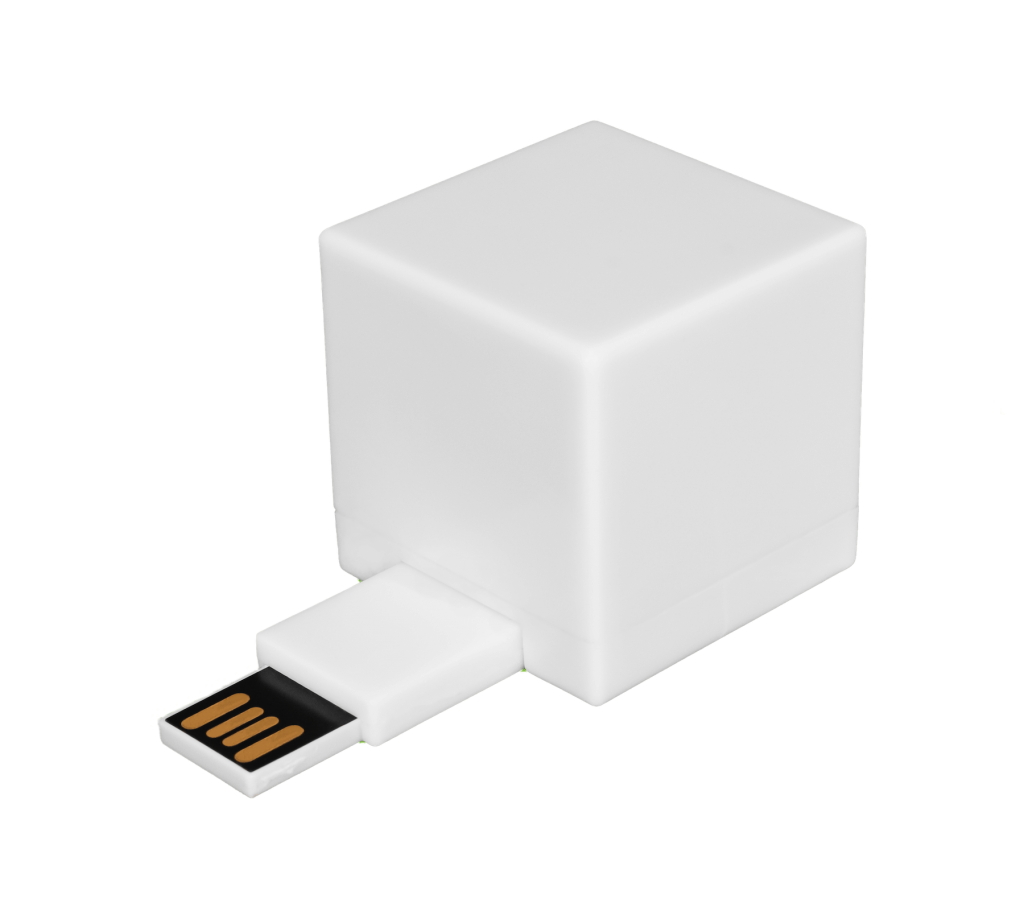You’ve probably heard of temporary files before, but do you actually know what they are? Do you know where to find temporary files on your computer or how to delete temporary files if you want to?
What Are Temporary Files?
Why are there temporary files on my computer?
- Temporary files have the .tmp or .temp extension
- If you use files like ISO or RAR, you may have seen your computer extract files in your temporary folder while you use them and then remove the files automatically
- Temporary files help contain information while a new file is being made
Temporary files help your computer run more smoothly when you use programs or perform tasks that are related to them.
- If, for example, you use media editing software, your work progress will be saved with temporary files
- These temporary files help the media editing software run smoother
- The temporary files also create a recovery backup; this offers protection if your system or program shuts down unexpectedly
Clean Your Computer in Minutes, not hours...
The Shred Cube wipes your unwanted computer files, that you choose, in minutes. Try it for yourself.
Get The Shred CubeWhy Do I Have Temporary Files On My Computer?
Why am I getting temporary files on my computer?
Sometimes this isn’t the case. Some files do stay in your computer’s storage for use in the future. Daily programs, for example, use temporary files to complete operations and tasks more efficiently for users.
When To Delete Temporary Files From Your Computer
When do you need to delete temporary files?
There’s no hard-and-fast rule about when you should delete temporary files. If you want your computer in top operating condition, then it’s recommended that you delete temporary files once they’re no longer being used by an app. You can delete your system’s temporary files as often as you feel comfortable doing so.
- Temporary files have no use and they slow down your PC; it usually only benefits you to delete them
Is It Safe To Delete Temporary Files?
Can I delete the temporary files on my computer?
It’s completely safe to delete temporary files from your computer. It’s easy to delete the files and then restart your PC for normal use. The job is usually done automatically by your computer, but it doesn’t mean that you can’t perform the task manually.
Why You Should Delete Temporary Files
Why do you need to delete temporary files?
It’s a good idea to delete temporary files from your computer now and then. They take up space that could be used for other data (or that could be left free, which helps your computer run faster). Temporary files slow down your computer and make it difficult to work– sometimes, it can even be hard to perform basic operations.
How To Delete Temporary Files: An Overview
Need help deleting temporary files? Here’s some assistance
It should take less than a minute to manually clean out the Temp folder in Windows. If your collection of temporary files is very large, it could take a bit longer.
- Most temporary files are stored in the Windows Temp folder
- The location of this folder differs from computer to computer (and sometimes even user to user)
Follow these seven steps for how to delete temporary files in Windows:
- If you have Windows 10, Select the Cortana search box to the right of the Start button on the taskbar
- Windows 8.1: Rick-click or tap-and-hold the Start button, then choose Run
- Windows 8.0: Access Run from the Apps screen
- Earlier versions of Windows: Choose Start to bring up the search box or find Run; open the Run dialog box by entering the WIN+R keyboard shortcut
- Enter the following command exactly in the Run window or search box: [username]\AppData\Local\Temp.
- The command is a type of environment variable in Windows
- Entering the command will open the folder that Windows has designated as your Temp folder
- Select all the folders and files in the Temp folder that you want to delete (usually, all of them)
- Use the Delete key on your keyboard or the Delete button from the Home menu to delete all the temporary folders and files you’ve selected
- Locate the Recycle Bin on your Desktop, right-click or tap-and-hold the icon, and hit Empty Recycle Bin; then you can confirm that you want to delete the items and permanently remove the temporary files from your computer
The process of deleting temporary files from a computer is quick and easy. It can go a long way to help protect private information, but it isn’t the ultimate answer to keeping your data private.
Deleting Files Isn’t Enough: Shred Cube Is The Permanent Option
Shred Cube helps you permanently delete your files and protect your privacy
Knowing how to delete temporary files is a great start to securing your data, but it isn’t a total solution. Shred Cube is the permanent solution to data disposal and protection.
- Shred Cube is a USB file shredder that allows you to shred files and protect personal privacy
- The Shred Cube scrubs unwanted files and shreds them– it leaves no trace of the files
- The Shred Cube fits in the palm of your hand, can be updated with online updates, and is simple to use
File shredding can help prevent breaches that impact companies and individuals alike. It keeps scores of individuals safe from data fraud and invasions of privacy.
Shred Cube allows you to permanently delete your files so that you can be certain they’re gone forever. It helps you remove duplicate data, avoid sensitive data falling into the wrong hands, and keep other personal information private.












